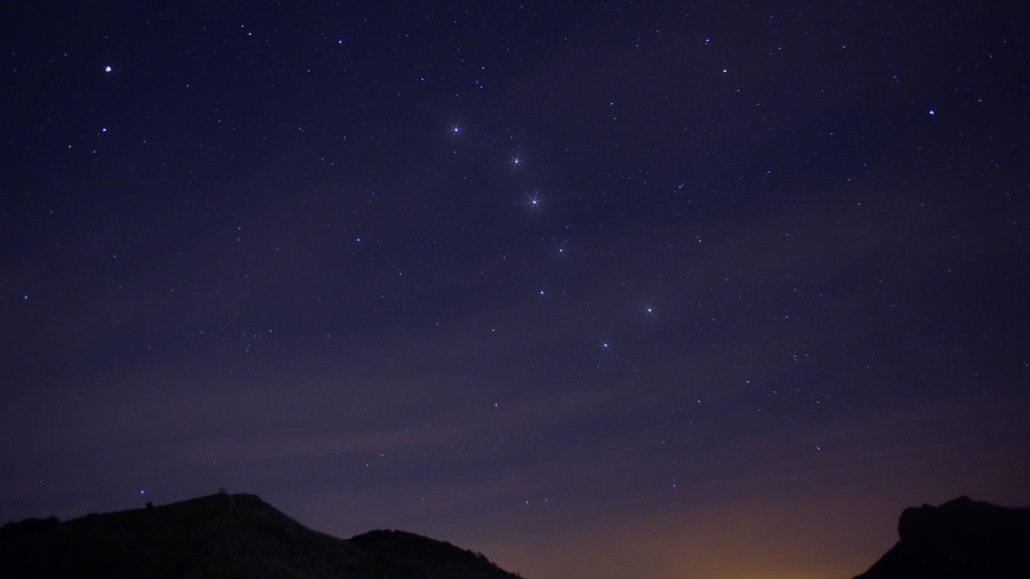
Patterns of human eye movement are among several factors that explain why certain star groupings, such as the Big Dipper (pictured), stand out to people across cultures and time.
Shim youngbo/500px/Getty Images

Patterns of human eye movement are among several factors that explain why certain star groupings, such as the Big Dipper (pictured), stand out to people across cultures and time.
Shim youngbo/500px/Getty Images